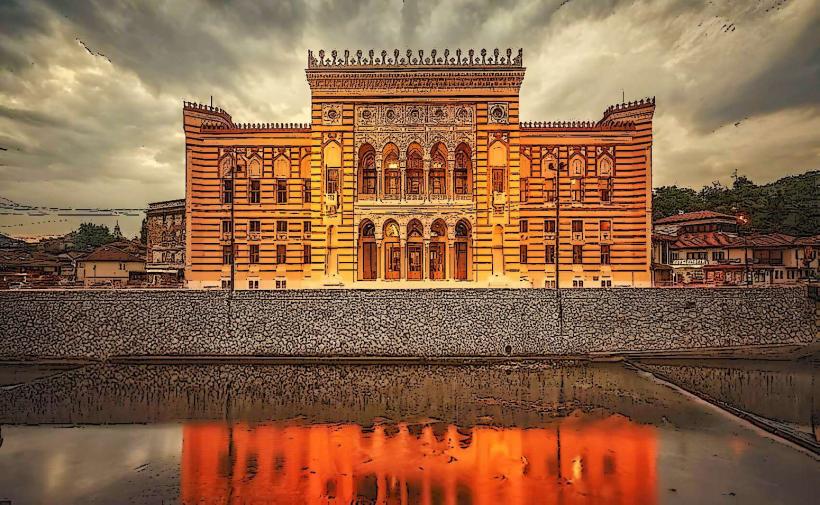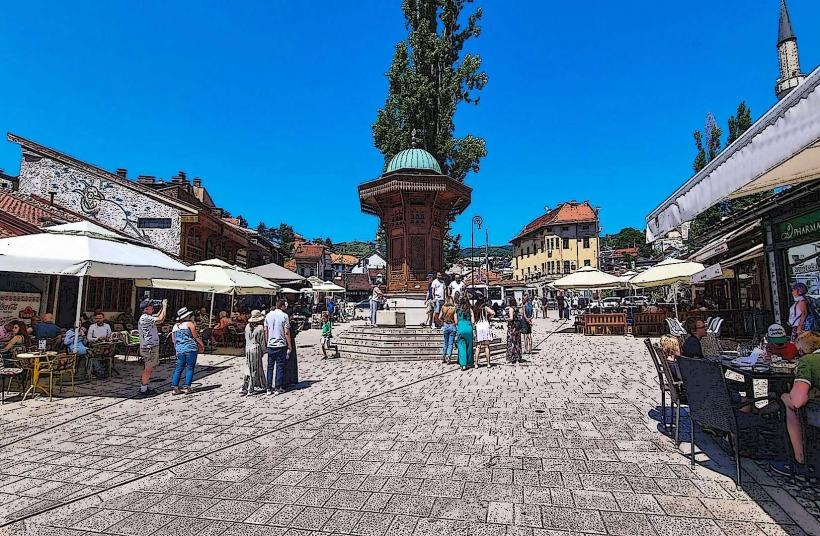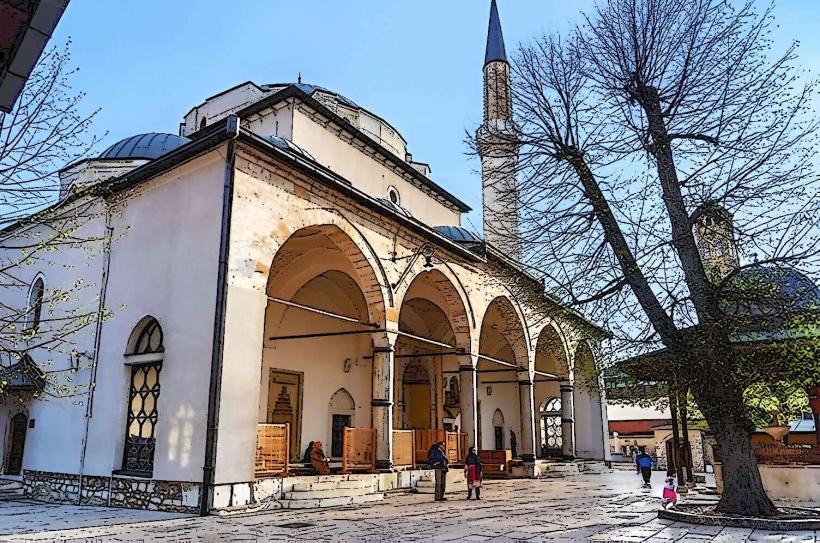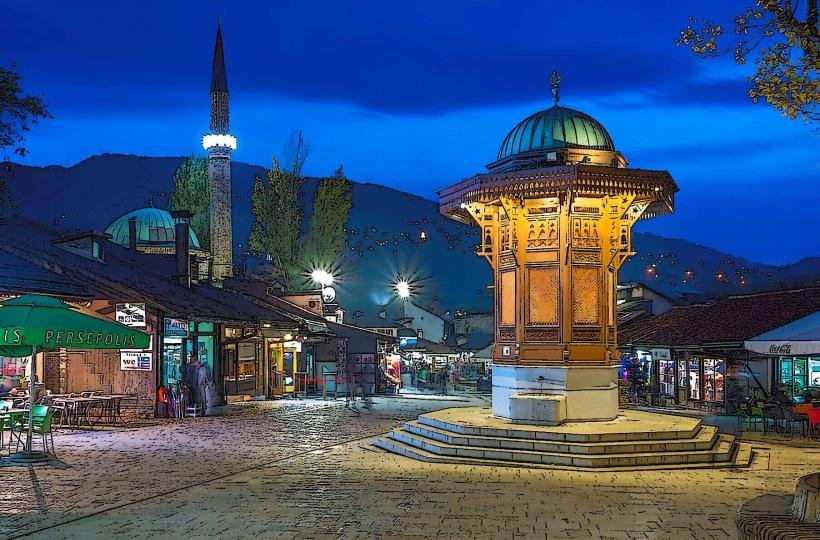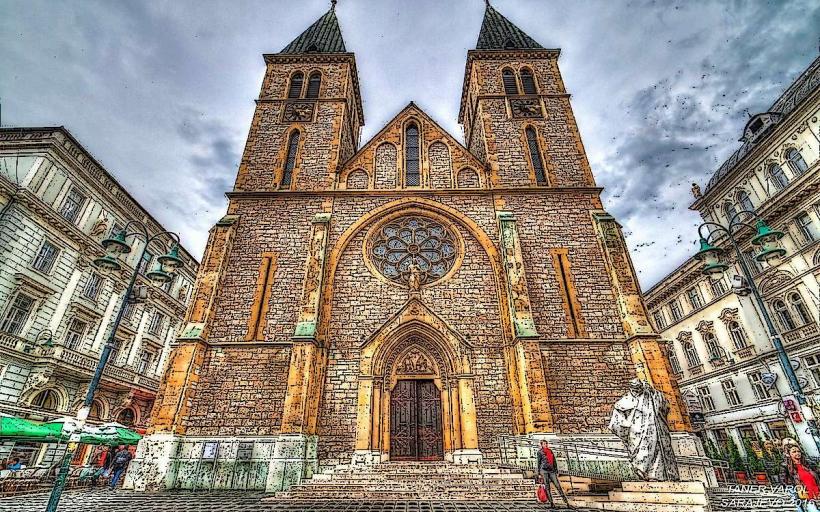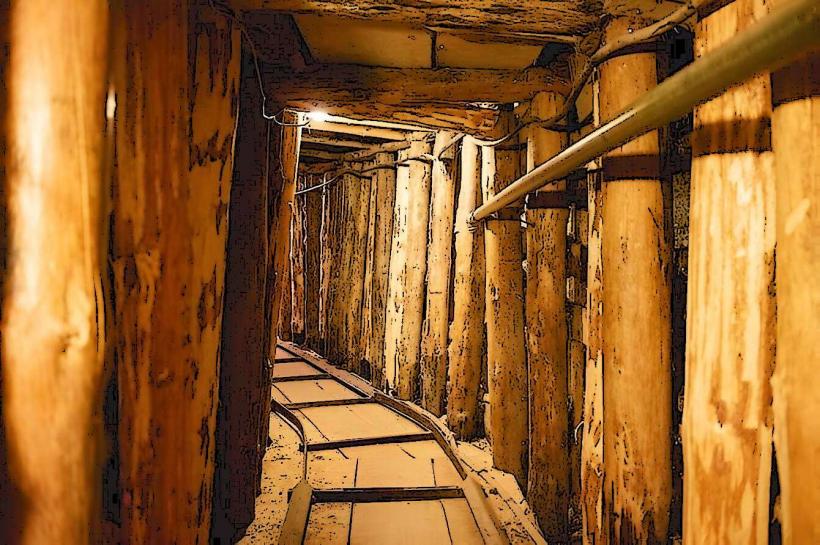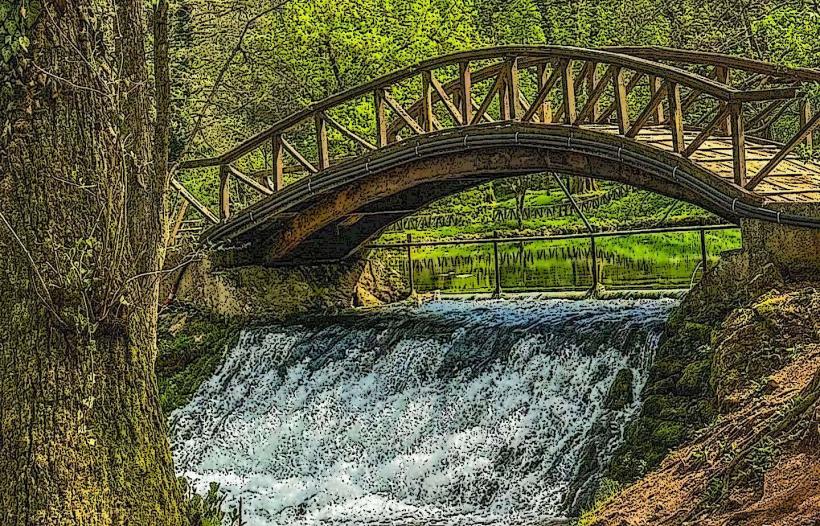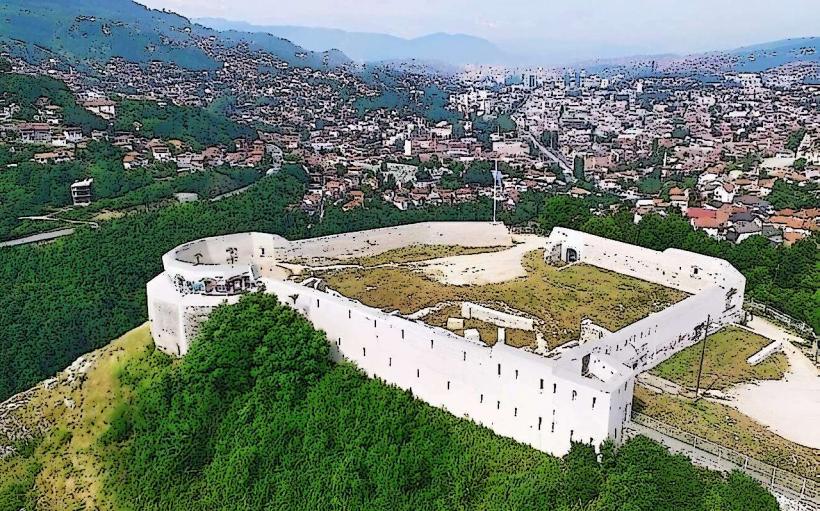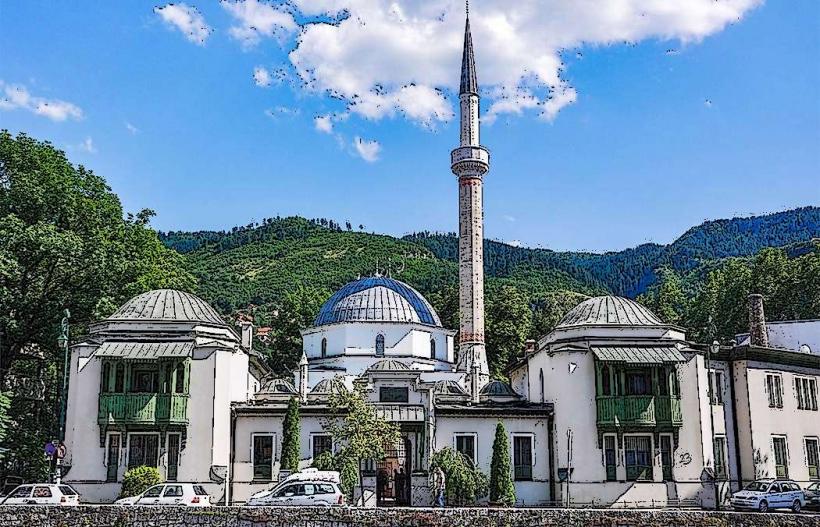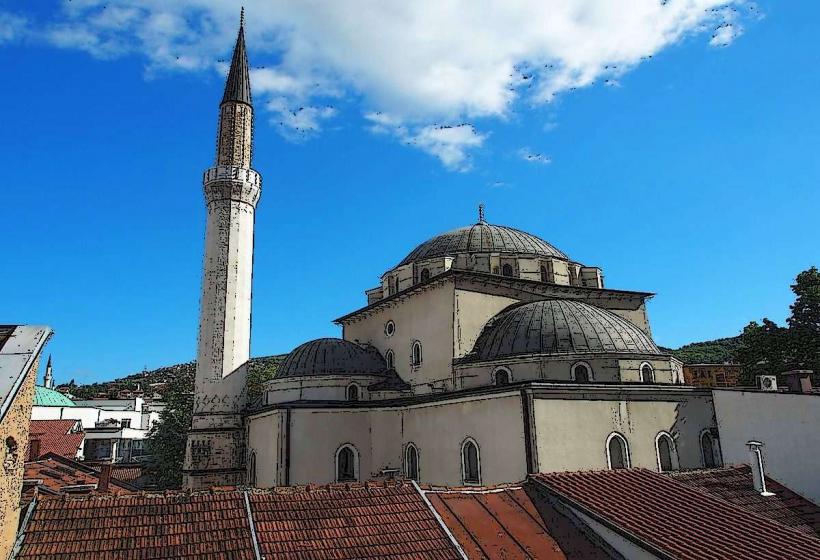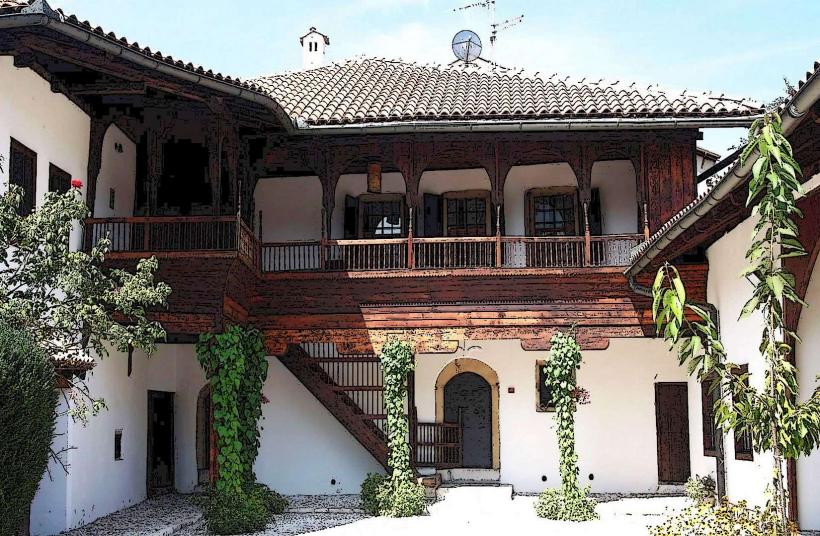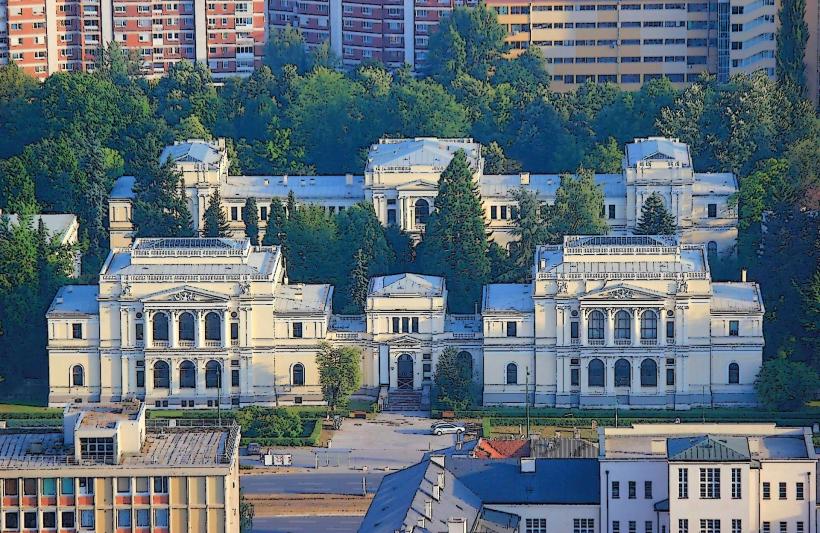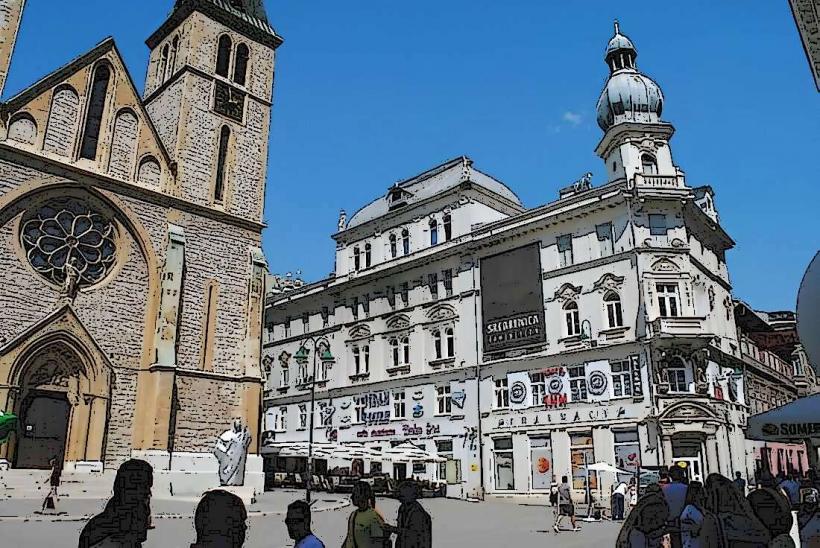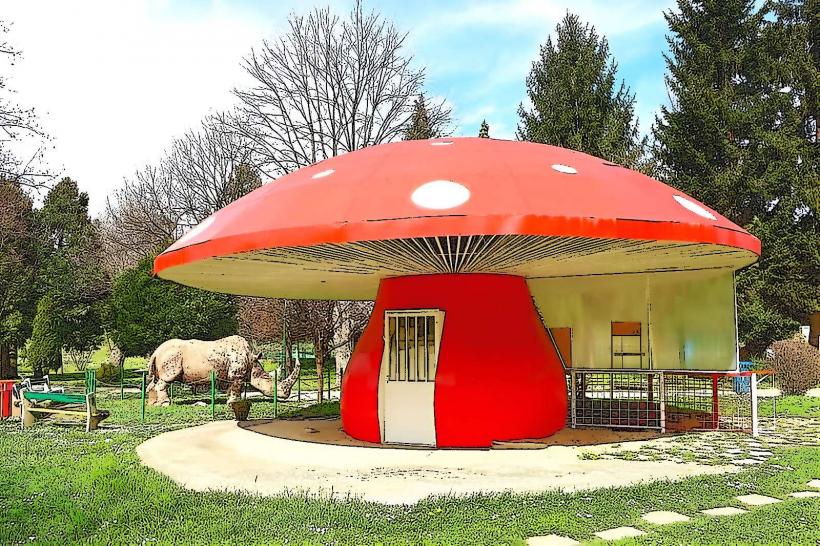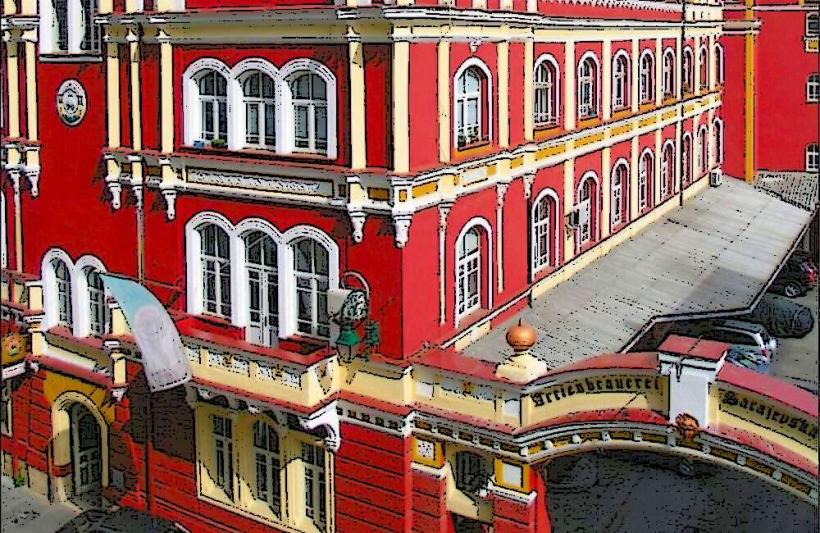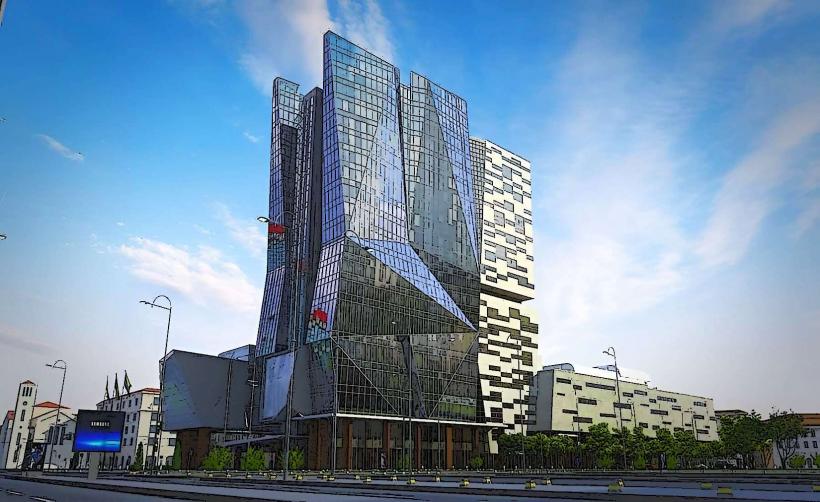Information
Landmark: Latin BridgeCity: Sarajevo
Country: Bosnia and Herzegovina
Continent: Europe
The Latin Bridge (in Bosnian, Latinska ćuprija) is a historic stone bridge located in Sarajevo, Bosnia and Herzegovina. It is one of the most famous landmarks in the city, both for its historical significance and its role in one of the most pivotal events of the 20th century. The bridge connects the Bascarsija (old town) area with the Marijin Dvor neighborhood across the Miljacka River.
Historical Background
The Latin Bridge was originally built in the 16th century during the Ottoman Empire’s rule over Bosnia and Herzegovina. It was constructed under the reign of Suleiman the Magnificent and was likely designed by Ottoman engineers who had been tasked with improving the city's infrastructure and enhancing transportation across the river. The bridge got its name because it was frequently used by Latin traders and merchants who arrived in Sarajevo.
The bridge underwent a number of renovations and modifications over the centuries, but it retains much of its Ottoman-style architecture. Despite being damaged during the Siege of Sarajevo in the 1990s, the bridge was later restored and remains one of the most recognizable features of Sarajevo.
Architectural Features
The Latin Bridge is a single-arch stone bridge, built using local limestone and featuring traditional Ottoman design elements.
Structure: The bridge is about 8 meters wide and spans the Miljacka River. It has a single stone arch, typical of Ottoman bridges, which allows for the passage of water beneath it. The arch is made from large, rough-cut stone blocks, giving the bridge a sturdy and timeless appearance.
Stone Construction: Like many Ottoman bridges, the Latin Bridge was built without the use of mortar, relying on precise stone cutting to ensure the stability of the structure. Over time, the bridge has become an integral part of the city's historic architecture.
Pillars and Railings: The bridge is supported by several stone pillars, and on both sides, there are low stone railings, which were once used to prevent accidents. The overall design is quite simple yet elegant, designed to blend seamlessly with the landscape and the city’s architecture.
Historical Significance
The Latin Bridge is perhaps most famous for being the site of the assassination of Archduke Franz Ferdinand of Austria and his wife, Sophie, on June 28, 1914. This tragic event marked the beginning of World War I.
Assassination of Archduke Franz Ferdinand: On the morning of June 28, 1914, Gavrilo Princip, a member of a Serbian nationalist group, fired two shots from the bridge, killing Franz Ferdinand, the heir to the Austro-Hungarian throne, and his wife Sophie. The assassination set off a chain of events that eventually led to the outbreak of the First World War. The assassination is considered one of the most significant moments in modern history, altering the course of global events and shaping the political landscape of Europe.
The Bridge as a Historical Symbol: The Latin Bridge is a key historical landmark due to its association with the assassination. Over the years, it has become a memorial to the events of that fateful day. There is a plaque on the bridge commemorating the assassination, and it has become a place of historical reflection and a reminder of the tensions leading to World War I.
The Bridge Today
In modern-day Sarajevo, the Latin Bridge remains an essential part of the city’s heritage and an important tourist attraction.
Cultural and Touristic Significance: The Latin Bridge is a popular site for visitors interested in Sarajevo’s history and architecture. The bridge’s proximity to Sarajevo’s old town (Baščaršija) makes it a convenient stop for tourists exploring the city. Today, the bridge stands as a symbol of Sarajevo’s complex history, its connections to the Ottoman era, and its pivotal role in global events.
Restoration and Preservation: After being damaged during the Siege of Sarajevo in the 1990s, the Latin Bridge was restored to preserve its historical appearance. The restoration has ensured that the bridge continues to stand as a testament to Sarajevo’s resilience.
Modern Context: While it is known for its role in the assassination, the bridge also serves as a functional crossing for pedestrians. It is often used by locals as a shortcut between different parts of the city and is a quiet, scenic spot for visitors to sit and enjoy views of the Miljacka River and the surrounding historic architecture.
Visitor Experience
The Latin Bridge offers an opportunity for visitors to explore one of Sarajevo’s most important historical sites.
Photographic Spot: The bridge is an excellent spot for photography, offering great views of the Miljacka River and surrounding old town architecture. Many visitors take photos here as a way of remembering the significant historical event that took place on the bridge.
Historical Exhibits and Memorials: Near the Latin Bridge, visitors can find several plaques and exhibitions related to the assassination of Archduke Franz Ferdinand. These serve as both educational resources and memorials to the tragic event that changed the world.
Walking Tour: The bridge is often included in walking tours of Sarajevo’s historic district. As visitors cross the bridge, they can reflect on the importance of the site and learn about the broader historical context, including the rise of nationalism in the Balkans and the beginning of World War I.
Nearby Attractions: The Latin Bridge is located near several other key landmarks in Sarajevo, including the Gazi Husrev-beg Mosque, the Vijećnica (City Hall), and Baščaršija. Tourists can easily explore these sites, making the Latin Bridge an integral part of a wider Sarajevo experience.
Conclusion
The Latin Bridge is much more than just a bridge. It is a powerful symbol of Sarajevo’s history, a reminder of the Ottoman period and a significant location for one of the most consequential events in modern history. Whether admired for its Ottoman architecture, its role in Sarajevo’s cityscape, or its association with the assassination of Archduke Franz Ferdinand, the Latin Bridge remains a pivotal piece of the city’s rich cultural and historical legacy. It is a must-see for anyone wishing to understand the historical depth and complexity of Sarajevo.

